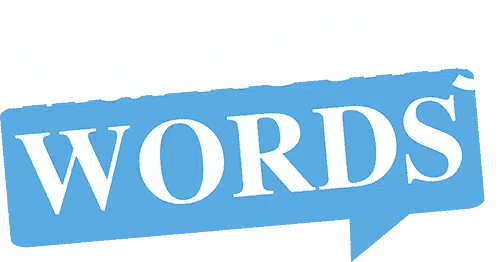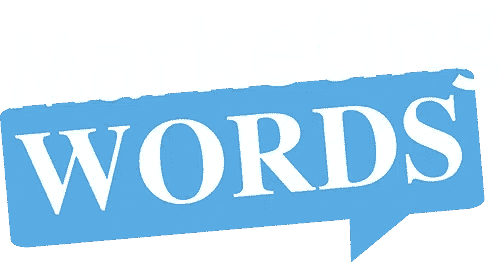I was answering a post on Lynn Terry’s Self Starters Weekly Tips private brainstorming forum when it dawned on me that you might benefit from this quick checklist, too. Short and sweet, here’s the basic wireframe for building a web page around keywords.
For this exercise, we’ll use the keyphrase “house blueprints.” Use this keyphrases in the…
1. Page File Name – Example: www.BlahBlahBlah.com/house-blueprints.html
2. Page Title Tag – In the HTML code, this will just be listed as “title.” It’s usually at the top of the code near the meta_description tag. If you use a WYSIWYG editor like Dreamweaver, you’ll find a place to enter the page title at the very top of the screen.
3. Meta Description Tag – Also in the code… Google no longer uses this when ranking your page, but because people are clued in on the search terms they typed into Google’s query field when they started their search, and because search phrases are bolded, using keywords in the description tag is still a good strategy.
4. Headlines and Subheadlines – You can put these into H1 tags if you want to or you can do it manually by bolding and making the type bigger than the body copy.
5. Body copy – It’s conditional, but generally speaking, you’d want to use a keyphrase once or twice per paragraph. If you find it sounds too repetitive, take some out.
6. ALT tags (also called image attribute tags) – These are associated with any pictures on your page. The tag text needs to reflect what the image is about.
7. Image Captions – If you use images on your page, it’s always a good idea (online or off) to also use captions. Captions used online can certainly contain keyphrases.
A Stronger Connection Means More Conversions
With this easy target audience discovery worksheet & video, you’ll have a handy tool that helps all your copy & marketing efforts hit the mark!

I understand that I will also receive weekly articles & videos plus periodic discounts, product notices & more. I can unsubscribe at any time.
8. Anchor Text – This is where people sometimes get confused. The page the anchor text for a link points TO gets the credit from Google, not the page the anchor text is ON. So if, for example, you create an anchor text link that says “Learn more about house blueprints with this free report…..” the page that this link points TO will get link credit for being relevant to the term “house blueprints.” It will not give link credit to the page the anchor text is ON. However (stay with me here) if you happen to be using the keyphrase on the page you’re writing you’ll get an additional keyphrase mention because of the text that is in the link. Make sense?
9. Navigational Links – If they will fit, you can use keywords in your navigation links… home, house blueprints, building plans, etc., etc. Sometimes they are too long to physically fit in the nav bar without looking stupid.
.


Hey Karon, thanks for this. I’m curious about #5 though. Working a keyphrase into every paragraph is tough. Doing it twice would be next to impossible while trying sound natural. Can you elaborate on that?
Good question… glad you asked. Let me clarify that #5 is talking about using A keyphrase in each paragraph, not using ALL your keyphrases in each paragraph. So, if you’re using 3 keyphrases per web page, you’d use 1 of the 3 in each paragraph. Remember that it also says it’s conditional and that if it sound too repetitive, take some out. This is just a guideline to use that is open to adjustment as needed. Hope that helps.